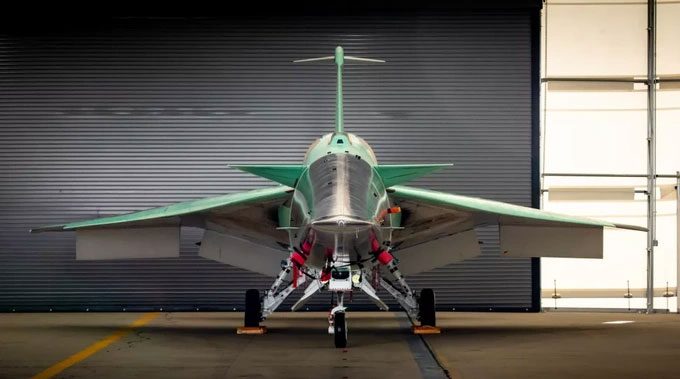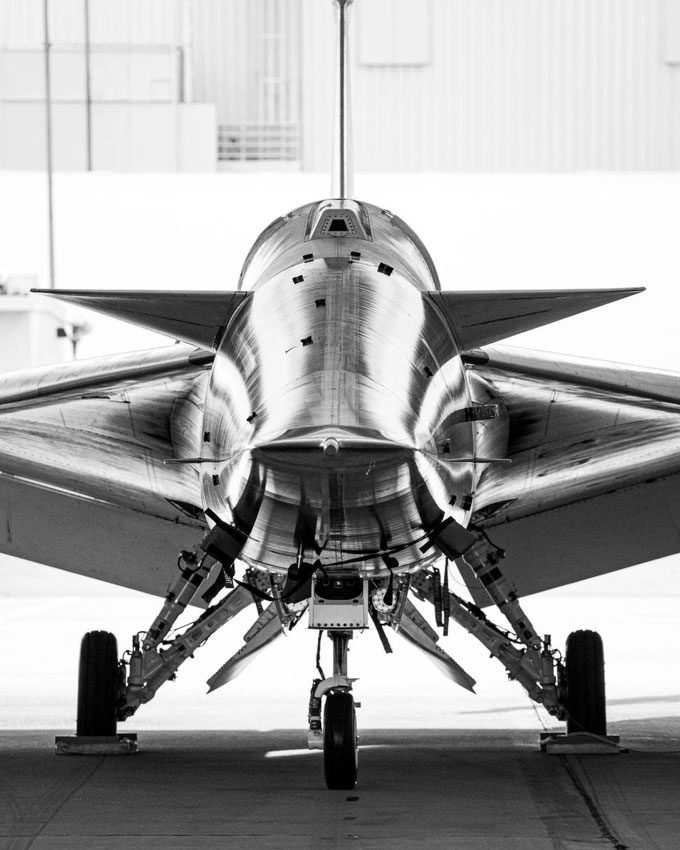NASA’s New Generation Supersonic Aircraft Approaches Runway for First Flight.
Since 2018, NASA’s X-59 Quiet Supersonic Transport (QueSST) project has garnered significant attention from the media.

Close-up of the X-59 supersonic aircraft. Currently, engineers are preparing for ground testing at Lockheed Martin’s facility in Palmdale, California (Photo: Lockheed Martin).
This is seen as a bold move by NASA, marking an important milestone in bringing commercial supersonic travel closer to reality.
Recently, NASA announced that on June 19, the X-59 was transported from the assembly site at Lockheed Martin’s facility to the runway. Following this phase is a series of ground tests to ensure that the systems on the X-59 are ready for the upcoming mission.
NASA’s goal is to demonstrate that the aircraft can fly faster than the speed of sound (Mach 1) without producing the disruptive sonic booms typical of most other supersonic jets.
That’s why the X-59 is referred to as a quiet supersonic jet.
According to data released by NASA, the X-59 measures 30 meters in length and 9 meters in width, powered by a single jet engine manufactured by General Electric Aviation, a subsidiary of General Electric.
The aircraft is designed to reach speeds of Mach 1.4, or 1,488 km/h, operating at an altitude of 16,764 meters. Notably, when the engine starts, the X-59 will produce only a soft thump, comparable to the sound of a car door closing, for those on the ground.

Frontal view of the X-59 supersonic aircraft. (Photo: Lockheed Martin).
In comparison, previous generations of supersonic aircraft often produced ear-piercing sounds, to the extent that windows could rattle when they flew overhead.
With the noise reduction features of the X-59, NASA hopes to persuade regulators to allow supersonic flights over populated areas.
To date, due to the excessively loud sounds generated during operation, supersonic air travel has only been permitted over oceans.
“NASA will provide a dataset collected from human responses to the sounds produced during supersonic flight to regulators. This will set the stage for permitting commercial supersonic flights over land,” agency officials stated.
If successfully tested, this could be the first commercial supersonic aircraft to carry passengers worldwide.





















































